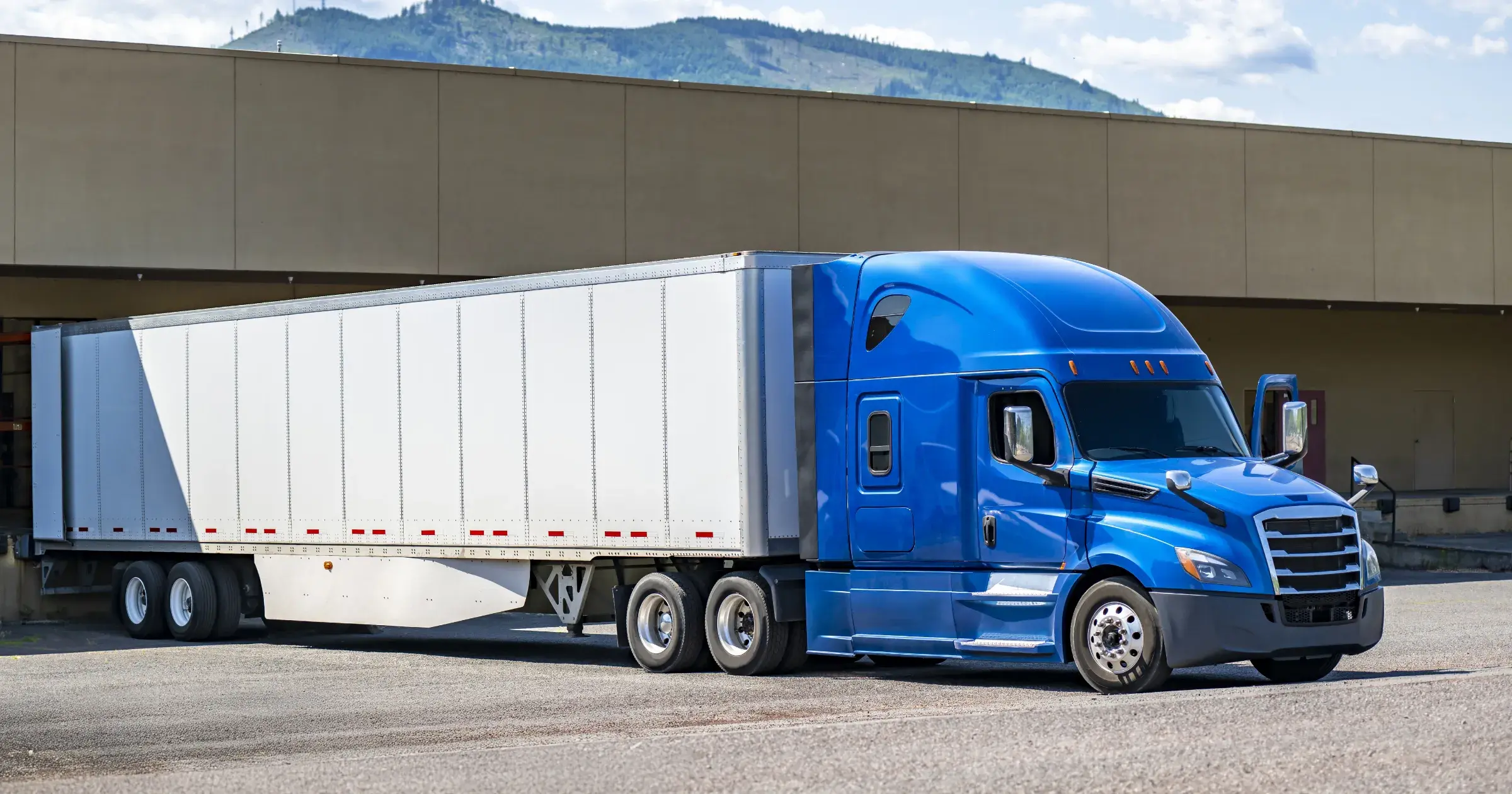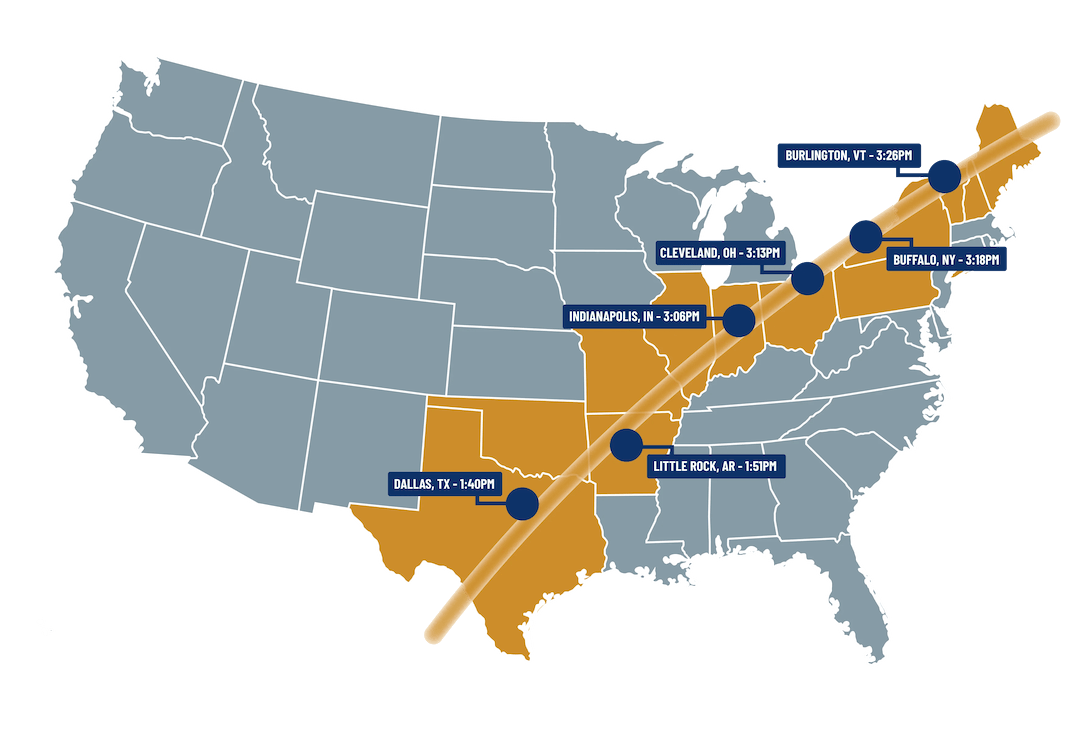Mitigating Fleet Risks: A Proactive Approach to Safer Operations
Risk is part of every trucking operation. From driver safety to equipment reliability, fleet...

Great West |
Risk is part of every trucking operation. From driver safety to equipment reliability, fleet...

Great West |
Improperly loaded cargo can cause costly accidents and jeopardize safety. Every trucking business,...

Great West |
Choosing the right insurance provider can be the difference between keeping your fleet on the road...

Great West |
Graphic via CDC.GOV.
Safety is about protecting employees and others from physical hazards that...

Great West |
In the trucking industry, the most visible...

Great West |
Operating a trucking company means dealing with risk at every level of your business. From driver...

Great West |
What if one driver on your team is silently putting your whole business at risk, and you don’t even...

Great West |
A strong safety culture is one trait commonly shared by motor carriers that value employee...

Great West |
One...

Great West |
Having a company culture that values safety is a common trait among successful motor carriers....
.jpeg)
Great West |
The Commercial Vehicle Safety Alliance's (CVSA)...

Great West |
On April 8, a total eclipse will sweep across the United States in a stunning solar display,...